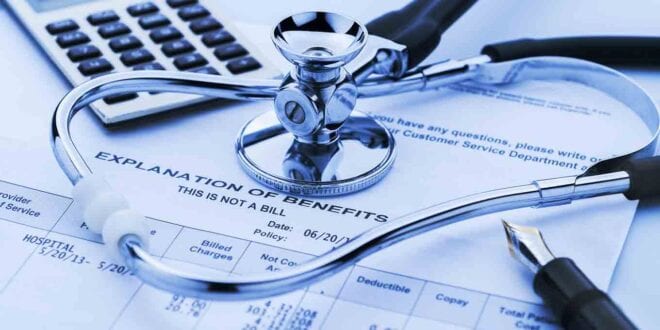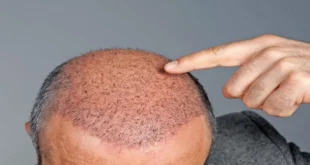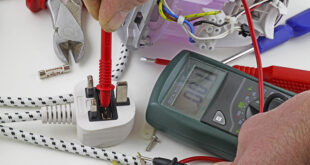Any medical equipment that provides therapeutic benefits to the person using it due to any medical condition is called durable medical equipment (DME). These may include breast pumps, insulin pumps, pulse oximeter, and any other type of device which is meant for use by an individual with a particular medical condition. The equipment is usually used to serve some medical purpose and is fit for use at home. Doctors and medical practitioners prescribing one or another type of DME have to follow certain guidelines and rules.
While billing for DME, to describe the item(s) being billed, suppliers must use the appropriate Healthcare Common Procedure Coding System (HCPCS) codes and modifiers. There are various codes, policies, and rules of law available under HCPCS which must be followed by doctors upon the billing such equipment. Additionally, the ICD-9/ICD-10 diagnosis code must be used to indicate the medical condition owing to which the equipment has been prescribed.
The following are the DME medical billing service guidelines and modifiers released by the Hawaii Medical Service Association (HMSA) that suppliers must follow.
Modifiers
Besides the correct HCPCS code for the item, several HCPCS codes require a modifier that provides information about the item. Information about whether the item is used, new, rented, or on a capped basis is given by HCPCS. The use of proper modifier code is very essential for approval of a claim by the HSMA. Moreover, the month from when the rental begins should be mentioned along with proper modifier code for the respective medical equipment. In short, the beginning and end dates for the rental period should be included necessary under billing requirements.
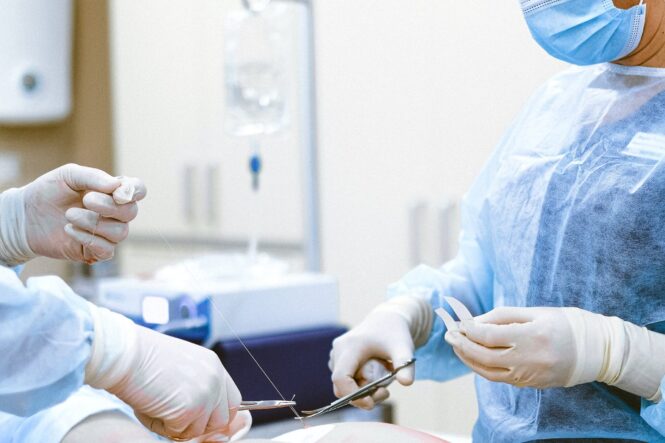
The following is the list of common modifiers
- RR – Rental
- UE – Purchase of used equipment
- NU – Purchase of new equipment
The aforementioned modifiers should be used in the following categories
- Capped Rental item
- Routinely Purchased or inexpensive (IRP) item
- Oxygen equipment (not contents)
- Items requiring substantial and frequent servicing
The patient must be built every 30 days in case of a rental. However, this condition may not apply in case it has been classified as a daily rental.
In the case of capped rentals, in addition to RR, one of the following modifiers should be used to indicate the rental period
- KH – Initial claim, first-month rental
- KJ – 4th to 13th capped rental months
- KI – 2nd and 3rd capped rental months
Guidelines for Equipment Maintenance and Servicing

MS – Six-month maintenance fee for reasonable and necessary parts and labor not covered under any supplier or manufacturer warranty are covered for capped rental equipment before 1 January 2006. No payment is made for servicing and maintenance of capped rental items for which the first month occurs on or post 1 January 2006. For oxygen equipment, maintenance and service payments shall be made every six months, with the starting six months of the item after the member first owns it.
Guidelines for Replacement and Repair
Standard codes and identifiers under HCPCS must be used when for service and maintenance claims.
- RB – Replacement of a part of the item
- RA – Replacement of an item due to its loss, theft, or irreparable damage. It’s used for the first-month rental claim for a replacement item.
KX Modifier – Documentation on File
The KX modifier, as per the DME billing guidelines, must be added to the code to suggest that the required documentation of the item is on file to support its medical necessity. This modifier is allowed in the following categories:

- AFO/KAFO
- Cervical traction unit
- Hospital Beds
- Commodes
- Nebulizers
- CPAP
- Orthopedic footwear
- Patient lifts
- Manual wheelchair bases (except K0004, K0005, K0009)
- External infusion pumps (except E0784)
- Pre-fabricated knee orthoses
- Walkers
- Wheelchair seating (except E1399, K0108)
- Pressure-reducing support surfaces
- Wheelchair options/accessories (except E1399, K0108)
Right and Left
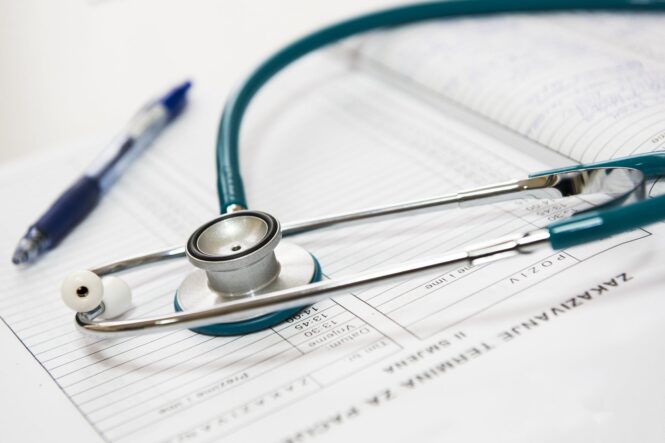
- RT – Right
- LT – Left
The two modifiers should be used for:
- AFO/KAFO
- Eye prosthesis
- External breast prosthesis
- Lower limb prosthesis
- Therapeutic shoes for diabetic individuals
- Orthopedic footwear
- Wheelchair options/accessories
Modifiers used only for complex power wheelchairs:
- BR – Member has elected to rent
- BP – Member has elected to purchase
All the necessary replacement parts along with labor expenses for repairs must be billed under the appropriate repair mode of HCPCS. Moreover, Bills can only be issued for purchased items and not for rented DMEs. Complete description concerning services provided for repairs must be provided for approval of claims and failure to provide the same can result in denial of the claim.
Apart from the above-mentioned guidelines for billing the DME, one must use the miscellaneous HCPCS codes when suitable billing codes are not available. Moreover, the three documentation should also be provided:
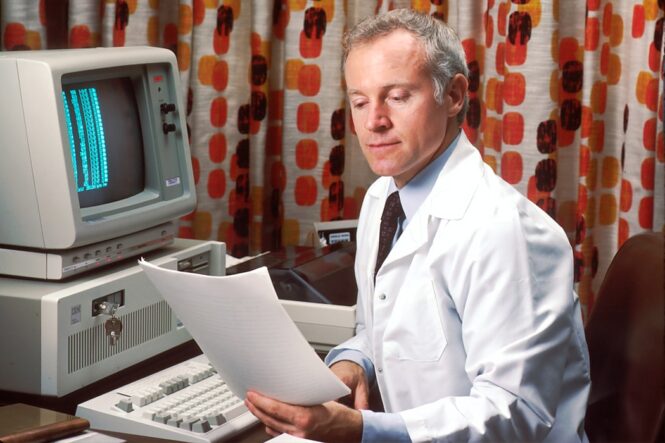
- Provision of a complete description of the equipment and item categorized under DME
- Attachment of invoice as provided by the medical professionals along with the certificate of medical necessity consisting of the authorized doctor or physician’s signature.
- Submission of necessary documents in the form of paper for expediting the process of claim approval and settlement.
All the above-mentioned guidelines and rules must be followed for approval of the claim process. All medical practitioners and doctors must clearly understand and follow the above-mentioned guidelines for billing durable medical equipment. Provision of designated HCPCS course and necessary information as it is very essential for any type of medical facility. The most important aspect one must keep in mind that the codes used for billing the DMEs must be followed completely and carefully.
Also, these act as a guide for practitioners which in turn helps patients with their coverage process. It should be noted that when billing for medical supplies such as syringes and ostomy bags, modifiers aren’t required. Following the above-listed DME billing guidelines would help all stakeholders – suppliers, care providers, and patients. Also, the supplier must ensure that all their staff is updated on the billing guidelines to avoid any future inconveniences. Medbillingexperts.com are a dedicated company that providing software solutions for DME billing. They even employ a team providing in-depth knowledge and information concerning DME billing and their respective guidelines.
 Imagup General Magazine 2024
Imagup General Magazine 2024
